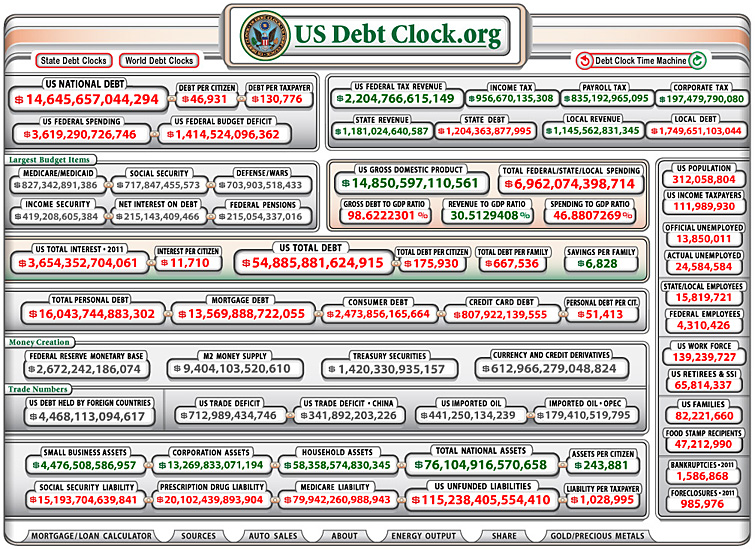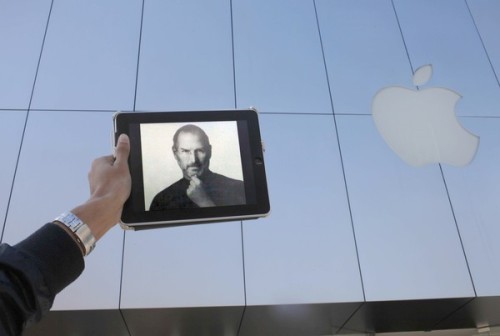Will your college survive? –– from TechCrunch.com by John Katzman

Editor’s note: Guest contributor John Katzman is the founder and CEO of 2tor, an education startup that partners with universities to deliver selective degree programs online to students across the world. Katzman also founded the Princeton Review where he served as president and CEO from 1981-2007.
The Internet will save higher education, but it may kill your alma mater.
Peter Thiel believes smart people don’t need college, and he’s right: There have always been autodidacts who can learn without assistance. Of course, we don’t really need supermarkets and restaurants either; we could all grow and cook our own food.
Yet having professionals help us has always been a cost-benefit decision. What are the costs of a great education, including the opportunity cost of four years of work, and how do these costs balance against the impact of that education on your life?
The Internet is the first technology since the printing press, which could lower the cost of a great education and, in doing so, make that cost-benefit analysis much easier for most students. It could allow American schools to service twice as many students as they do now, and in ways that are both effective and cost-effective. For reasons that will be outlined below, however, it will probably end up doing this with half as many schools. And your school, even if it’s bumper-sticker worthy, might not make the cut.
..
Evolve or Else
Like any other disruptive transition, the move to online and blended universities will bring tremendous benefit to students—better education in more places at lower tuition. However, these changes will be painful for many schools. Most bookstores and travel agencies found themselves on the wrong side of a steadily growing force; the schools that thrive over the next two decades will do so only because they have carefully harnessed that very same force: the Internet.
Also see:
- Mary Sue Coleman’s (President of the University of Michigan) Open Letter to President Obama
Mary Sue Coleman is president of the University of Michigan and chair of the Association of American Universities.
Excerpt:
And yet college is costly – too costly for some families. To meet the myriad needs of students and society, we absolutely must find ways to provide a college education at a cost that is sustainable. President Thomas Jefferson was rightfully adamant that a cornerstone of democracy is education for all, “from the richest to the poorest.”






















